Hans-Peter Feldmann at the Serpentine Gallery
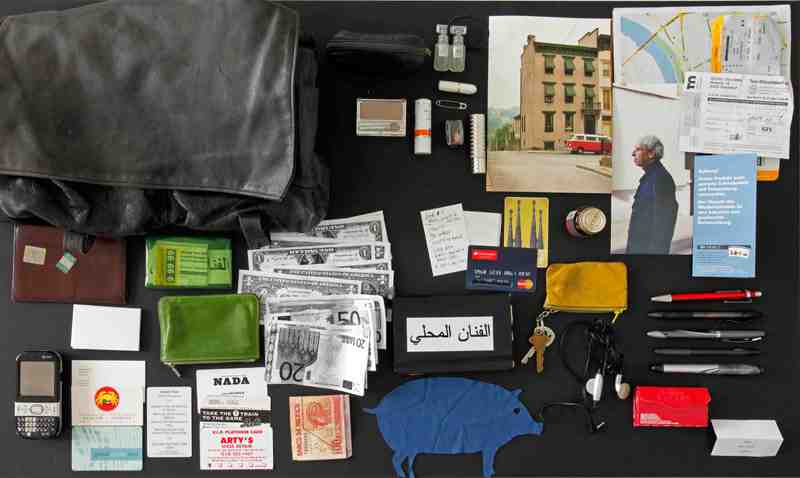
Until 5th June 2012, the Serpentine Gallery is featuring a first solo exhibition of Hans-Peter Feldmann (born 1941) in London. The Dusseldorf-based artist has already been appreciated in Europe and won the $100,000 Hugo Boss Prize in New York in 2010. This humorous and inquiring exhibition provides an overview of his carrier as a collector and author of photographic books, posters, postcards and installations.
Photographic series, gathered in booklets, are his basic artistic medium, among others, which he uses to catch the passing of time contained within trivial activities (Time Series). In Sunday Pictures he isolates popular representations of happiness found in mass culture. Among them are kittens, couples in moonlight and all other kinds of clichés. His post-modern view and fascination with kitsch underlies most of his artistic creation.
In his works, conceptual art meets pop. In Shadow Plays, the artist enchants everyday objects, such as toys or knives, and make them rotate in a strong tin-reflector light, creating a shadow theatre, which is meaningful and meaningless at the same time. A wooden pipe, almost identical to the not-pipe form René Magritte’s Ceci N’est Pas une Pipe, is joyfully rotating among them.
In the 1970s, Feldmann started to use ready-made statuettes of classical figures such as Michelangelo’s David and painted them in bright colours. These light and humorous revisions of found objects are at the same time questioning the Western canon of ideal beauty in a post-modern era. In the last 10 years, the artist focused on paintings, or rather on altering them, ridiculing traditional portraits by adding clown-noses or adding other small adaptations, which question the notions of wealth and power and are playing with canons of art history. His version of Courbet’s naturalistic female crotch was having a sunbath in a bikini.
Feldmann is also a collector, gathering pictures (recently a series showing only the sky and sea), hats, toys, playing with their similarities and differences. He also gathers images into series, some of which are infinite and open. Visitors may take a souvenir from the Gallery – a copy of a photo of the Queen as a child. British monarchy and the Jubilee is something that definitely gets along with his passion for mass-culture imaginings.
His early series Bilder (Pictures) are presented in museal vitrines and consist of artistic booklets capturing everyday situations. This recontextualization and play with museal conventions can be also seen in his most recent series of handbags and their contents. Put in vitrines, organized and labelled with a name, city and age of the owner, the handbags are kind of voyeuristic portraiture and personal archives. We can learn that Susanne, from Berlin, age 38 was a heavy smoker, or that Oriane was carrying shoes around in her bag. Probably handbags of most women present a similar picture, but can we draw any conclusions from that, when there are so many similarities and differences between them at the same time?
Feldmann is not trying to show the nature of humankind. Instead he is exploring the visual culture we function in and the pleasure of looking. “Art must have the right to risk being bad”, says one of the photocopies presented in the Gallery. The artist takes this risk, taking kitsch, surrealism and conceptual art to their limits.
Agata Gajda
Hans-Peter Feldmann exhibition is at the Serpentine Gallery, Kensington Gardens, London, W2 3XA, until 5th June 2012. For further information or to book visit the Serpentine Gallery’s website here.

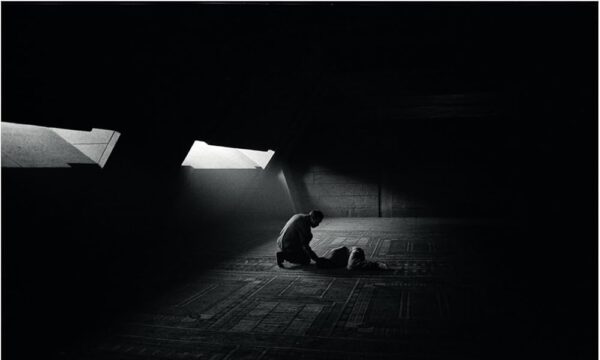
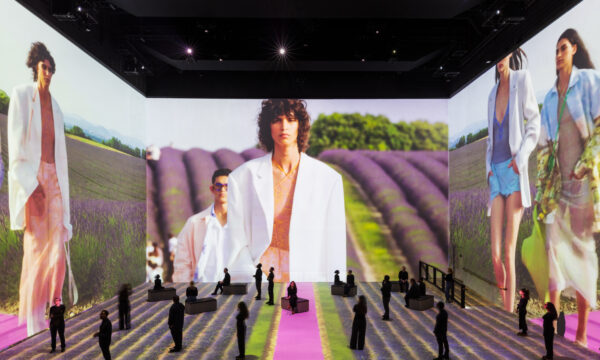
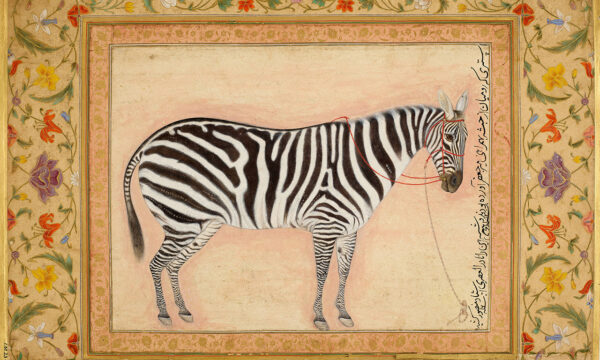
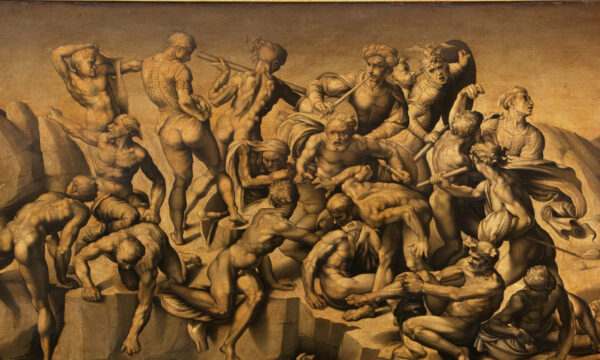
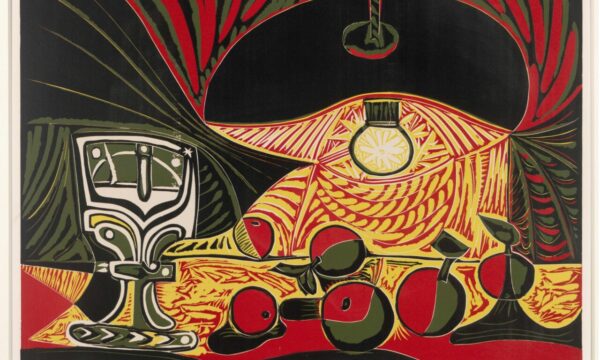
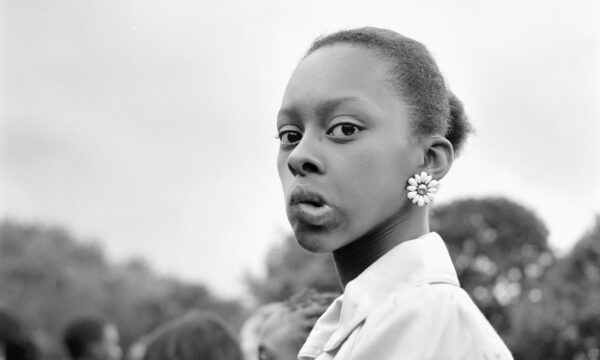
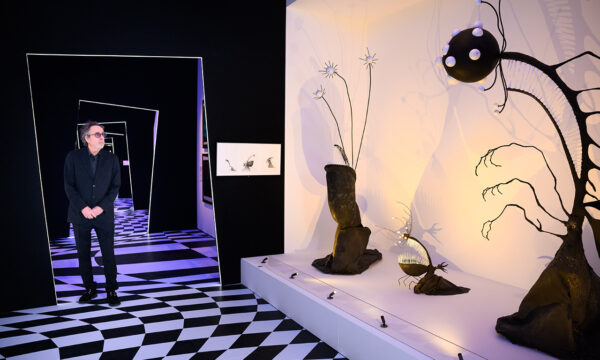

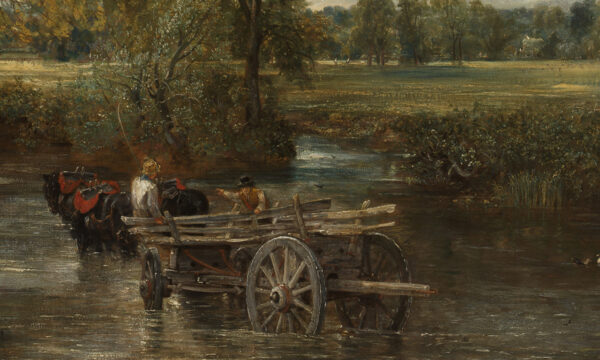










Facebook
Twitter
Instagram
YouTube
RSS